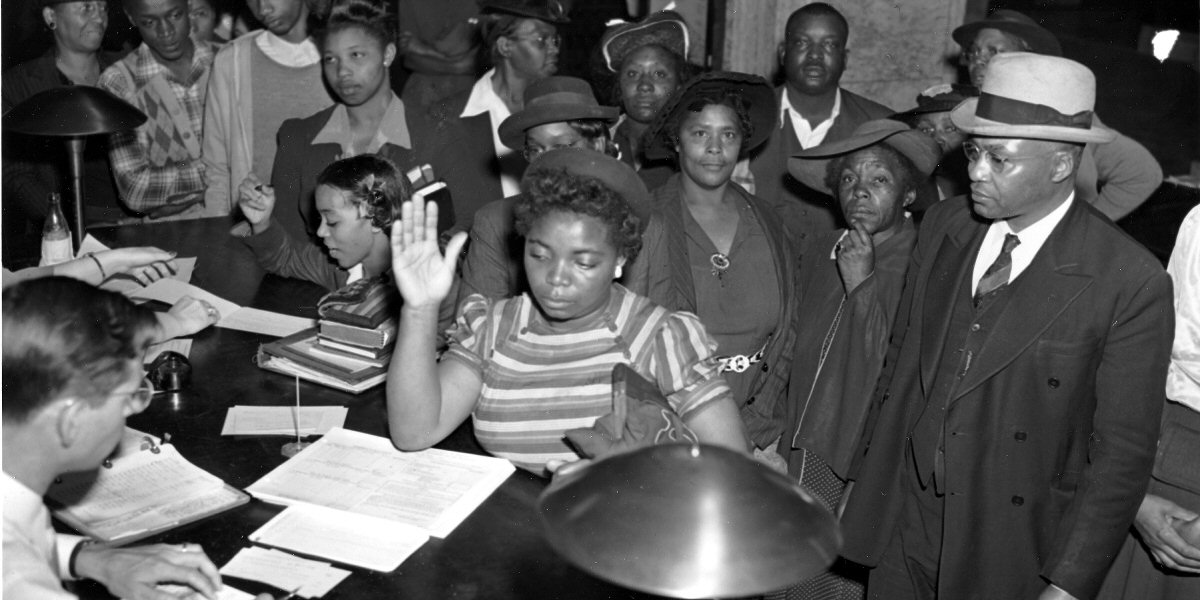Studying the Difference Between a Utility Crypto Token and Asset Crypto Token with Your Bae

There is a promising future and opportunities for people of all ages as we transform into a token-based economy. The word “tokenization” is used loosely in nerd media trying to sound fancy and complex but, in this article, it is important that we explain and break down the tokenization concept so everybody can understand what the technology is about and how to use it.
Tokenization is a unique digital id representation of a physical or digital asset. The role of tokenization is to present either a temporary or non-fungible representation of an asset or action. You have already seen and used tokenization and probably do not realize it.
If you downloaded software or video games on a computer, you were given a serial code or a license key – this is tokenization. The software serial code is the unique set of characters that will unlock the software. When you write checks and there is a check number – the unique token is the ABA number, the account number, and the check number to create a unique id representing that individual check. Think of tokens as a unique string of characters that will be mapped to a physical or digital asset. Recently you have seen credit cards like Visa can provide you with a “token” to enter for e-commerce transactions instead of entering your credit card – these are the basic concept of tokens I hope you understand.
In crypto, your token can be your public key and private key pair. The average token can be created as a public key that is shared with the customer while the private key is held by the firm. The asset representation in the digital text is created as a digital signature using the private key and can be verified using the public key. You will hold the public key token while the firm that holds the private key can verify the digital signature and the owner. It is important to note to never share a public key like you normally would do with encryption.
Not all tokens need to be a crypto representation. The goal of crypto representation is to guarantee that the numbers you have such as your Bitcoins keys are kept as a secret and can be interrogated to ensure you are the owner. One example is the token-based corporate shares of your company. You can use a serial base number to represent each share such as 1,2,3 to 250,000 shares all numbered sequentially. In this case, a blockchain ledger is used to record transfers of the shares and the shareholder would create a digital signature to sell and buy shares but the digital asset representation of the shares does not have to be tokenized.
There are two major types of tokens, an asset token, and a utility token. Let’s talk about the two token types.
Asset Tokens. These are tokens that represent a digital asset and these tokens are used for transactions. A token for funding a GameFi project is an asset token that has a monetary value and expects to be traded. Asset tokens are considered a security and have to be registered with the Security and Exchange Commission and following federal regulation in the USA and other countries have similar laws in regards to public-facing security assets. NFTs or non-fungible tokens are also asset tokens to represent the ownership of a physical or digital representation.
Utility Tokens. These tokens represent an action – a token that will unlock a license to display a luxury fashion brand on your avatar in the metaverse. Another example is broadcast licensing where a token will be used to generate license rights to display a streaming video to an audience at a boutique movie theatre. Utility tokens do not have to be registered and they represent an instruction or task to be carried out such as redeeming a coupon code, providing access to a gym club, play a licensed song over an Internet streaming radio station.
If you want to create tokens to offer to investors to raise funds for your project, you have to register your project with the SEC. Realize with asset tokens, you are doing the same thing as providing a security with just a token representation. There may be some limitations and thresholds where you do not have to report but you have to do your own research on this subject matter.
If you are going to use tokens to execute commands such as unlocking an asset, providing a temporary token for a Buy-Now-Pay-Later app, stream a media file with a one-time license token, then utility tokens drive the transaction component of your digital-first operation.
The strategy you should consider with a token-based operation is a combination of utility and asset tokens. First, develop a business model that is driven by utility tokens such as a subscription that gives a certain number of license tokens per month. Adobe Stock and Shutterstock offer this where a subscriber can download 10 media assets a month. It is important to note that utility tokens can also be used to distribute royalty payments to the creator and you get your cut when the token has been utilized. Once the token has been expended, this triggers a payment event to pull funds from the customer stored-value account and transfer those funds into your account and the creator account immediately.
The asset tokens should be used to attract investors and stakeholders in the same manner as offering shares in the firm. This is once you are confident that you have a digital-first token-driven business model that is profitable and sustainable. You create what still may be called an Initial Coin Offering or ICO and it is a stake in the company and you can choose what kind of stock they have – voting or non-voting (so non-voting) and dividend distribution to the coin's underlying value (something stocks does not directly do).
The biggest exciting part of this tokenization approach is you and your bae can launch this at any age whether you both are 22 or 62 to launch an at-home, digital-first business. In addition, this business model can likely be running from other markets around the world such as Lisbon, Dubai, Bangkok, Mexico, and Miami for you and your bae to settle down in a nice area. But do you want to know the best part?
Well, it’s the best part for Dream and Hustle Early Adopters. The asset tokens model is already incorporated into our Stony|Ellis platform where you can list the number of tokens to create which should be the same number as when you identified the number of corporate shares in your corporate startup. The utility token is already developed under our Kolin-Avers platform and already in use with our podcast platform and will be available to just turn on a switch to say token-enabled and identify whether it will be a licensed one-time use or a non-fungible token model.
The Dream and Hustle Early Adopters got the perks to moving forward with their bae on this, the rest of yall, good luck with those that didn’t support Dream and Hustle like they should have and expect to pay full price for our platform offerings or any other offerings out there. I’ll pray for them to succeed, tho.






















